Yen selloff steps up a gear today and even CHF/JPY breaks through short term top at 133.53 to resume its long term up trend. For now, short term outlook will remain bullish as long as 130.74 support holds. There is prospect of upside acceleration to next target at 161.8% projection of 117.51 to 127.05 from 124.23 at 139.66.
More importantly, as seen in the monthly chart, CHF/JPY is now trying to break through 161.8% projection of 101.66 to 118.59 from 106.71 at 134.10. Sustained trading above this level could set up the for medium term upside acceleration towards 151.22 (2014 spike high).




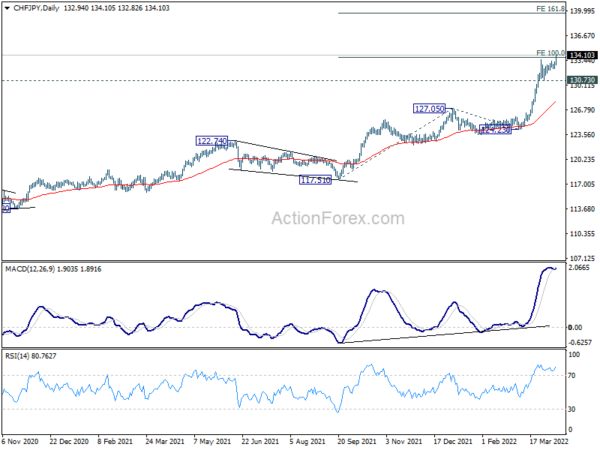
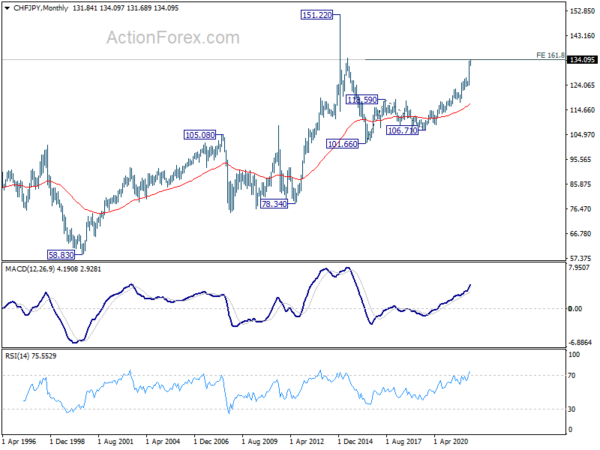
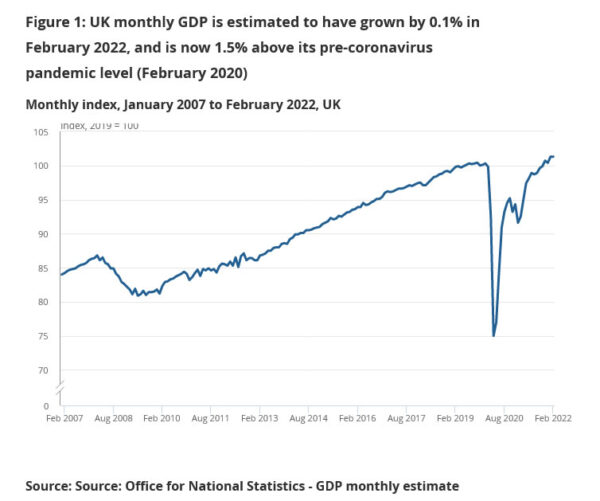
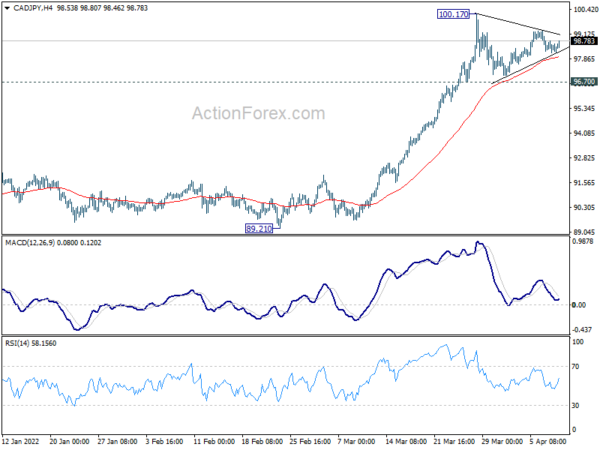
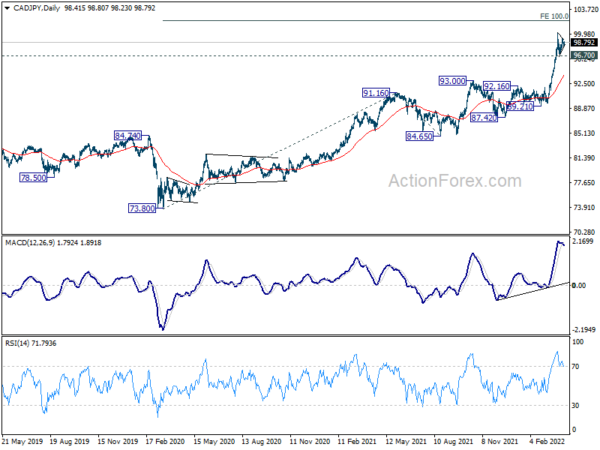
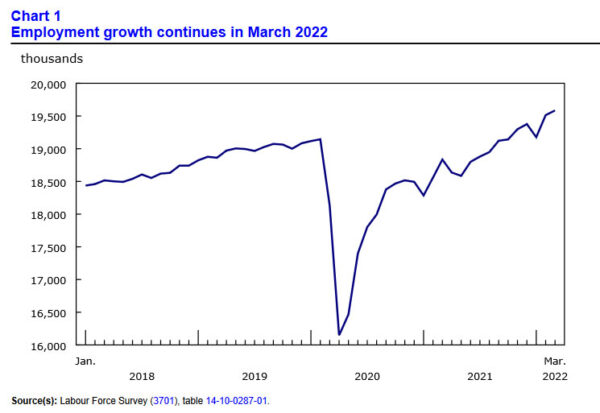
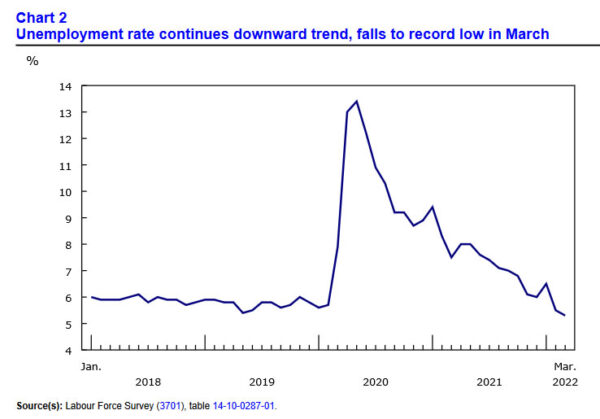
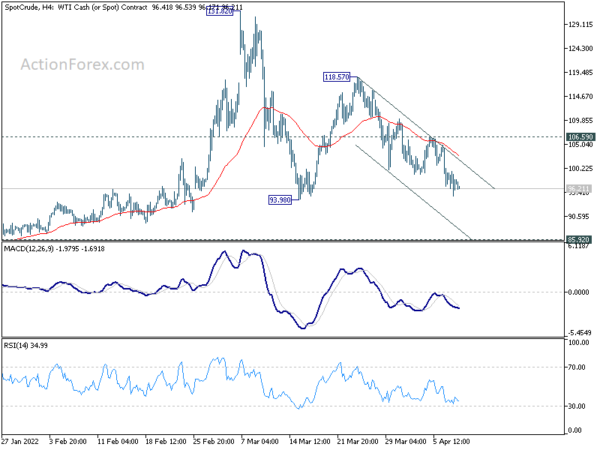
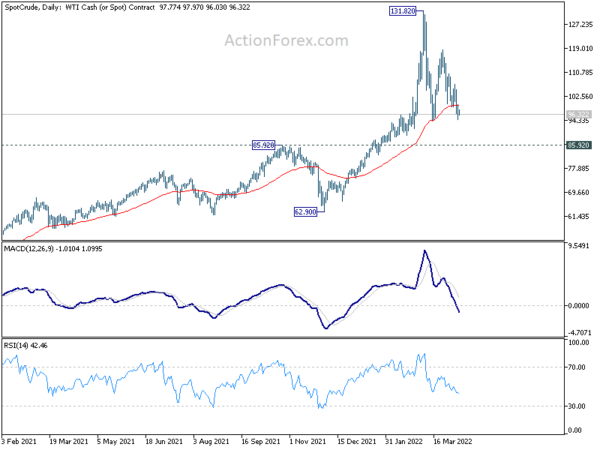
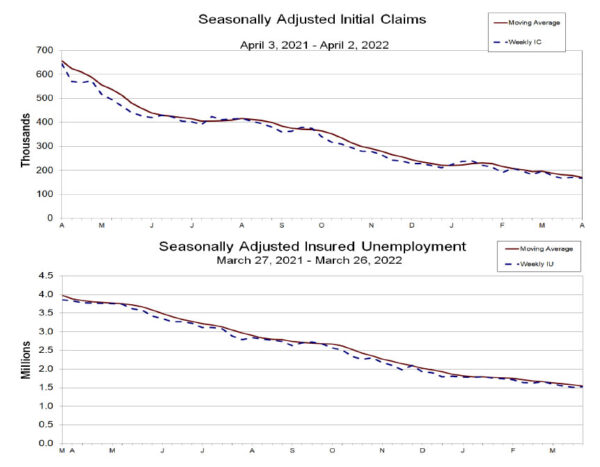
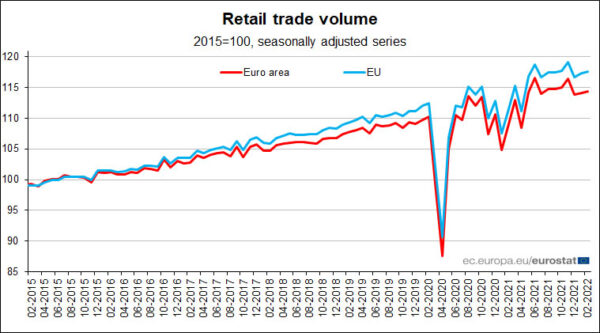
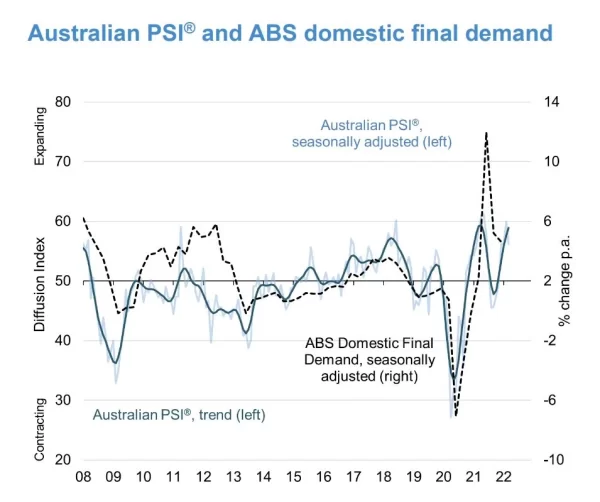
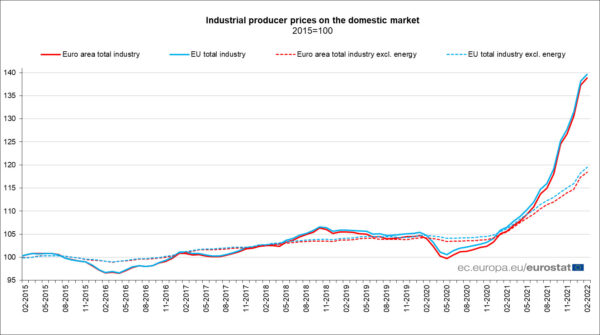
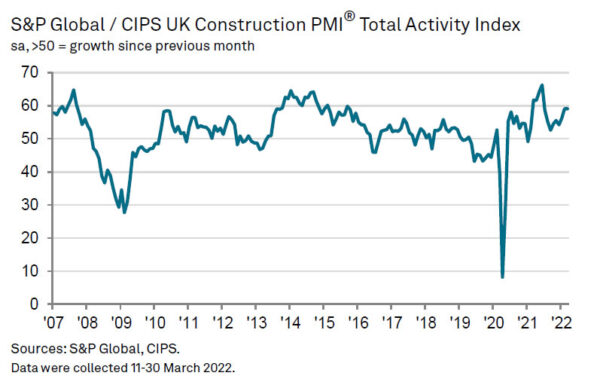

NIESR forecasts 1% UK GDP growth in Q1, flat in Q2
As UK GDP grew merely 0.1% mom in Q2, NIESR said the final forecast for Q1 is for growth of 1.0% only. The initial nowcast for the second quarter of 2022 is for GDP unchanged from the first quarter, with a small quarter-on-quarter fall in production and a small rise in construction.
NIESR added: “NIESR research has suggested that inflation will now average 7 per cent in 2022, and GDP growth could be reduced by 0.8 percentage points to 4.0 per cent from the 4.8 per cent we forecast in our Winter 2022 UK Economic Outlook. This analysis will be updated in our Spring UK Economic Outlook, to be published on 10th May.”
Full release here.